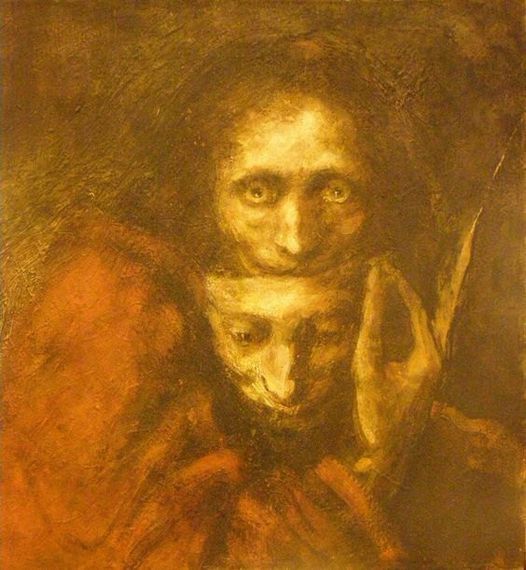#peter ondreička
Text
artist archive ; Peter Ondreička (1947 - 1990)
Ondreička was a Slovakian artist, mostly unreported on during his life & sadly ignored after his tragic death. fighting against alcoholism & depression, Ondreička's work is grotesque & and unnerving, but fascinating at the same time.


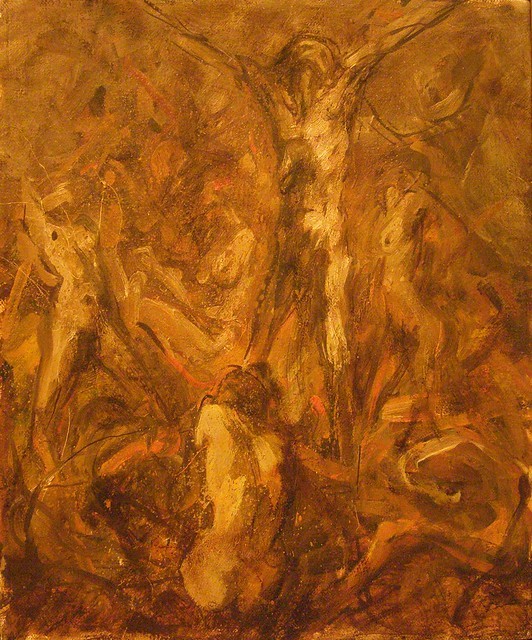

the prodigal son // tantalos // crucifixion // tight mask (man with mask)
#peter ondreička#man with mask#artist archive#achillesreborn#dark academia#dark acadamia aesthetic#romantic academia#studyblr#light academia#dark academic#aesthetic#mlm#academia aesthetic#classical aesthetic#love aesthetic#light acadamia aesthetic#romantic aesthetic#classical literature#classical art#classic academia#beautiful academia#love academia#academic#academia#light academism#chaotic academia#art#artwork#dark academia aesthetic#dark aesthetic
85 notes
·
View notes
Text

Peter Ondreička, Tight Mask, 1987-88.
15 notes
·
View notes
Text
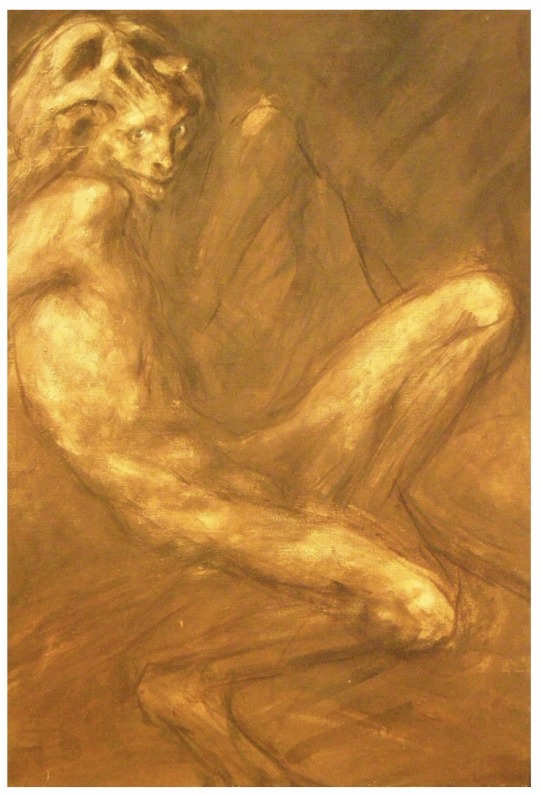
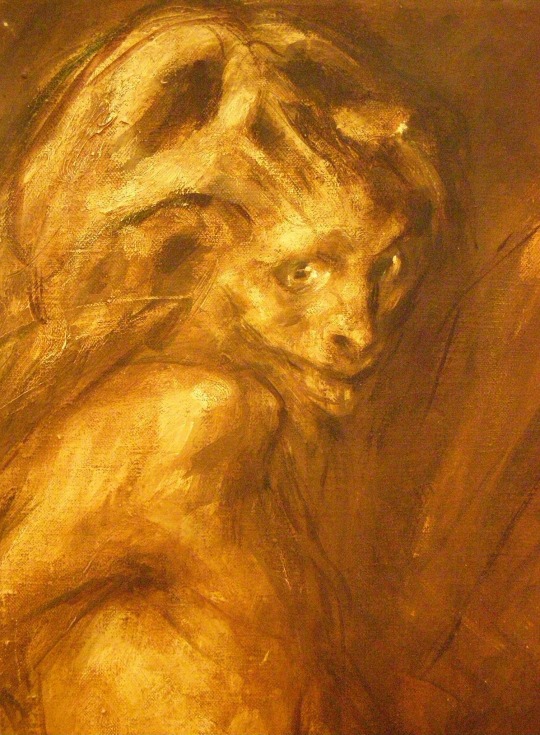
Peter Ondreička, Half-time of disintegration, 1986
6 notes
·
View notes
Text

taipril day 17
#weeeeeeeeeeeeemay or may not try to clean it up in the future but not my problem now#taissa turner#taipril#yellowjackets#yellowjackets fanart#digital art#inspired by Tight Mask (Man with a Mask) by Peter Ondreička
109 notes
·
View notes
Text
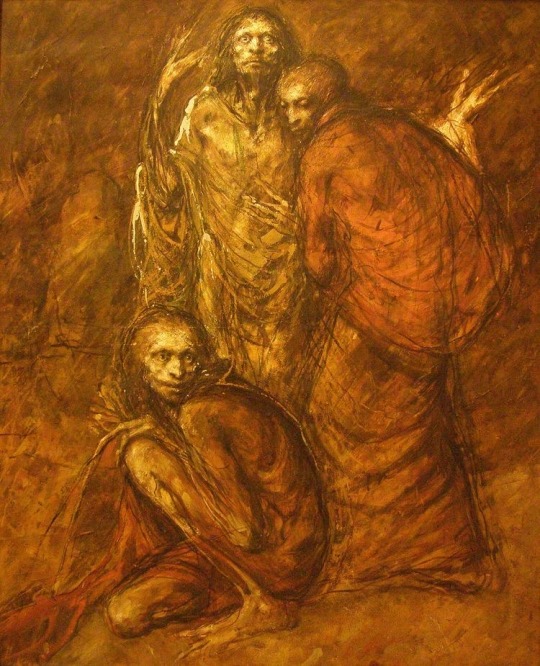
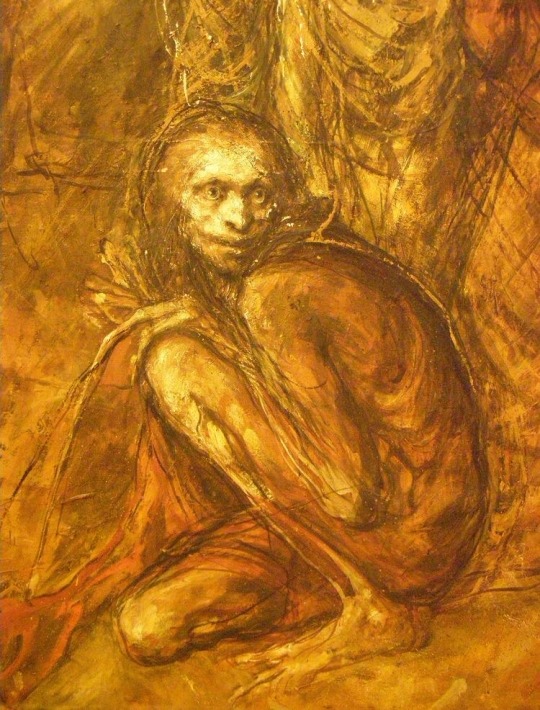
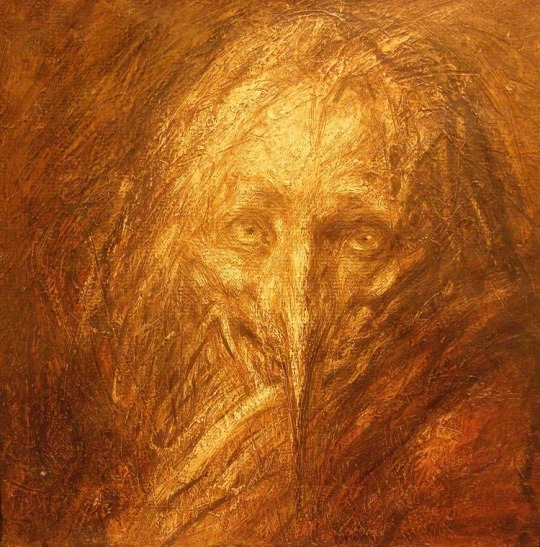
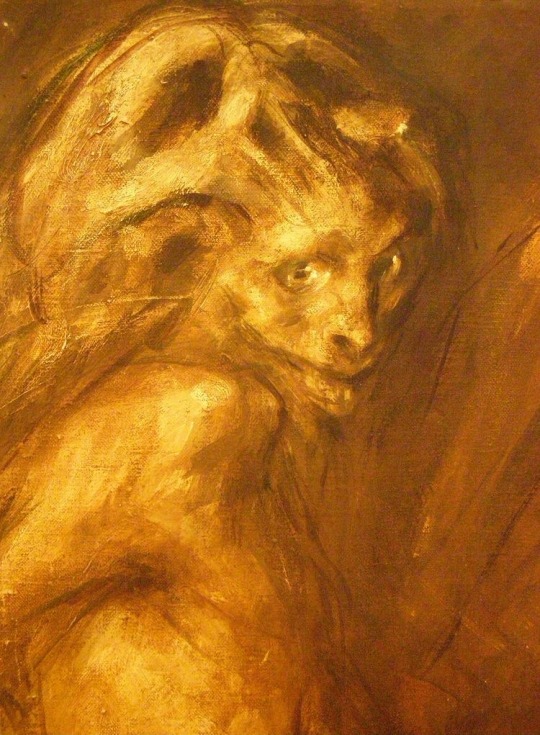

Peter Ondreička, The prodigal son (Ahasver), 1989-1990.
#character art#1950s#60s#retro#Peter Ondreička The prodigal son (Ahasver) 1989-1990 detail Peter Ondreička (1947-1990)
8 notes
·
View notes
Text
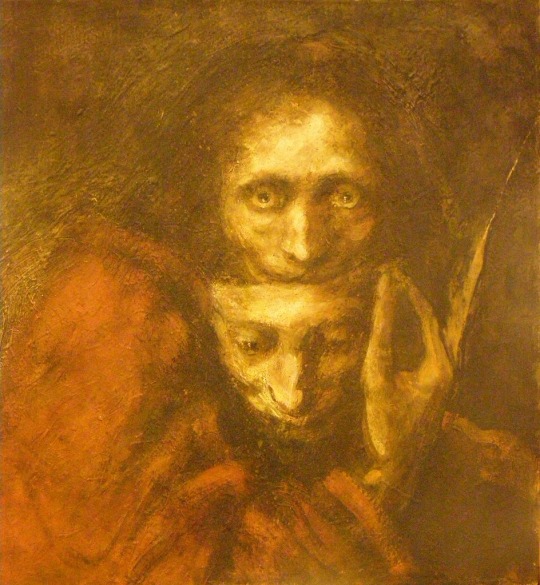
Peter Ondreička, Tight Mask (Man with a Mask), 1987-1988
79 notes
·
View notes
Text


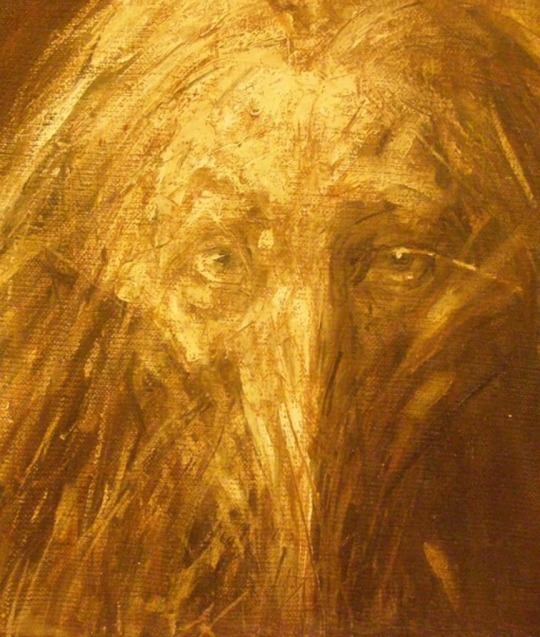
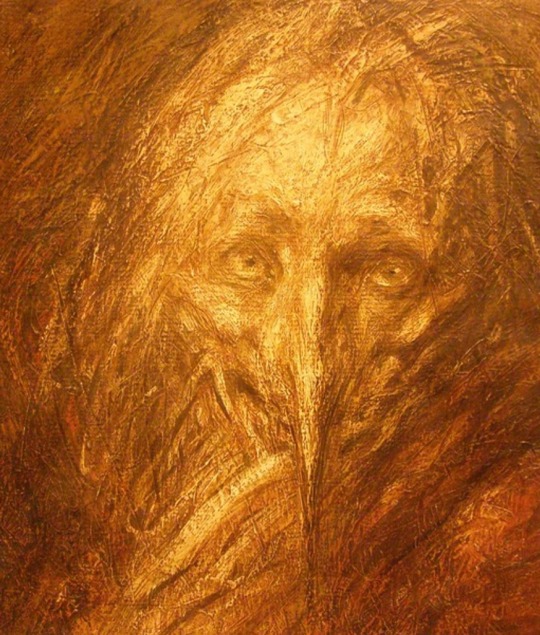
Peter Ondreička, Tight Mask (Man with a Mask), 1987-1988
17 notes
·
View notes
Text
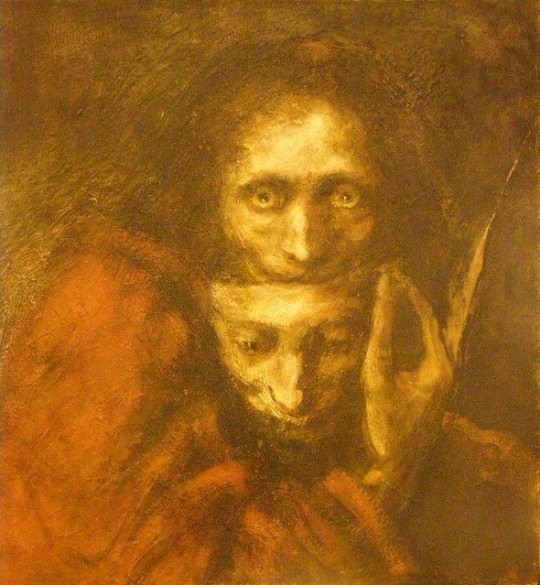
Peter Ondreička's tight mask... thoughts on this?
0 notes
Text
Artist research
Peter Ondreička (1947-1990)
He was a painter from Slovakia, not much is known about him theres very little information about the painter especially in English. I came across one of his paintings while scrolling pintrest and was captivated the way he paints they make you feel edge, but there’s an underlying feeling of comfort. I love the way he paints eyes the way he can convey such a haunted expression is amazing these are my two favourite paintings by him the first is the “mask”
The painting is so creepy and the eyes see through you
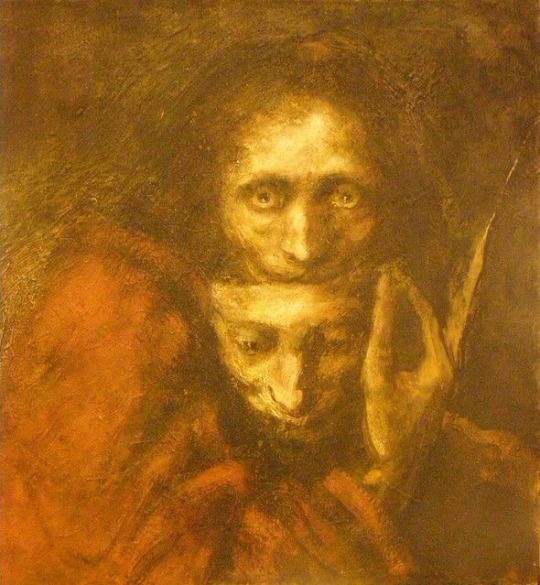
The second is the “half time of disintegration” this one almost seems flirty by the expression the smile and the other the shoulder look at the viewer
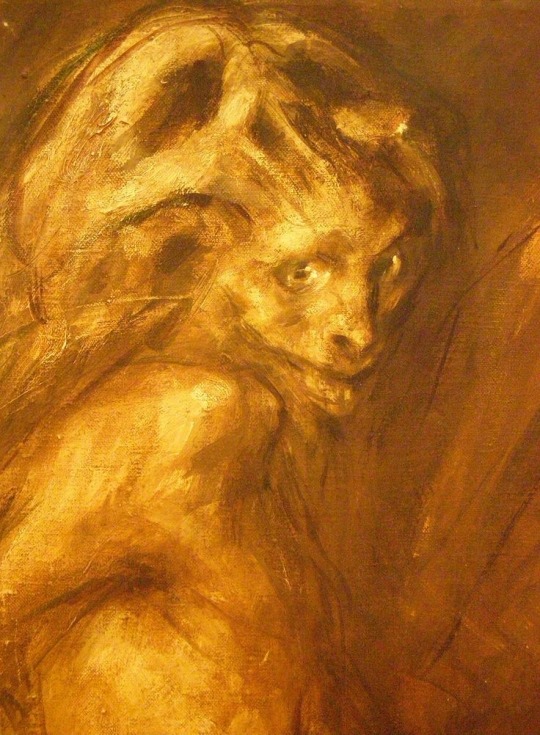
I’m sad that there’s not more known about Peter as he is incredibly talented and should be more known
0 notes
Text
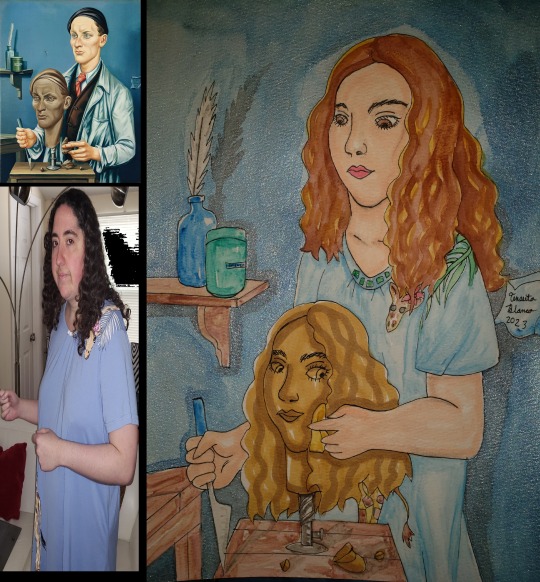
I made two new self portraits. I hope u like.
Self Portraits: Julius Bissier and Peter Ondreička Style By Teresita Blanco (artsysister.com)
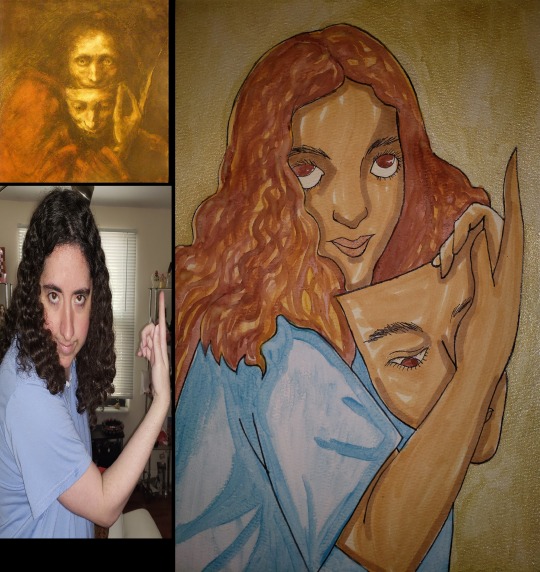
1 note
·
View note
Text
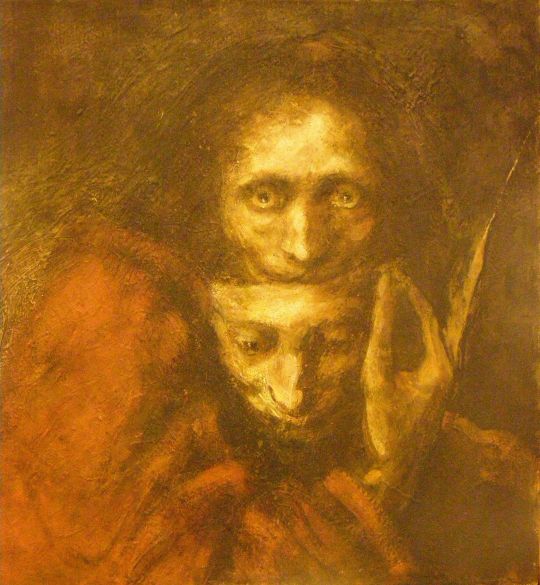
Peter Ondreička Tight Mask (Man with a Mask), 1987-1988
1 note
·
View note
Text
Parapolitics: Cultural Freedom and the Cold War

Didactic Exhibition, Panel No. 40 (Hans Arp, The Glove, collage)
Parapolitics: Cultural Freedom and the Cold War
Exhibition and conference, curated by Anselm Franke, Nida Ghouse, Paz Guevara, and Antonia Majaca
November 3, 2017–January 8, 2018
Opening: November 2, 2017, 7pm
Conference Freedom in the Bush of Ghosts: December 15-16, 2017
”’They had stolen the great words,’ former secret service agent Thomas Braden wrote in 1967 in an article titled ‘I’m glad the CIA is ‘immoral.’’ Braden was retroactively defending a massive, near-global covert operation supporting the so-called “non-communist left” in the postwar era. This “freedom offensive” was orchestrated to derail further sympathies toward communist Russia among intellectuals. In the mimetic arms race of the Cold War, great words such as “freedom” and art and culture were to play a decisive role.
Among the activities highlighted by Braden was the Congress for Cultural Freedom (CCF), an organization devoted specifically to the promotion of the autonomy of artists and intellectuals. In 1960, the prominent ten-year anniversary conference was held at the Congress Hall, Berlin, today’s Haus der Kulturen der Welt. Through offices in up to 35 countries, the CCF subsidized countless cultural programs of the liberal left, from Latin America to Southeast Asia—developing a network of journals, conferences, and exhibitions that propagated modernism in literature, art, and music.
By 1967, it was revealed that the CCF was secretly bankrolled by America’s espionage arm, the Central Intelligence Agency. The CIA scandal confirmed the lingering suspicion that had trailed the CCF from the days of its origin: not quite an autonomous entity, the organization had been enlisted in shoring up an anti-Communist consensus in the service of US hegemony during the Cultural Cold War. The disclosure destroyed the CCF’s reputation, exposing the ideological contradictions and moral dilemmas of advocating freedom and transparency by means that deprived themselves of democratic accountability.
Parapolitics: Cultural Freedom and the Cold War is devoted to the global dimension of cultural politics in the Cold War and specifically to the changing meaning assigned to modernist aesthetics. Thus, the interdependences between the historical processes immanent to the arts, ideological battles, and social and geopolitical developments mutually shed light on each other. Thus this exhibition sheds light on the tension between the struggle for autonomy, critical modes of engagement, and political instrumentalization in the arts. Parapolitics seeks to illuminate the ideological foundations as well as the lines of conflict of today’s global contemporary art.
The term "parapolitics" refers to the use of soft power in the Cold War. Employing the history of the Congress for Cultural Freedom as an optical device, the project brings Picasso’s famous dictum, encapsulated in the expression the "art is a lie that tells truth" into relation with the work of an intelligence agency whose "art lies in concealing the means by which it is achieved battle for Picasso's mind."
Parapolitics: Cultural Freedom and the Cold War brings together archival documents and artworks from the 1930s to the present day, that prefigure or reflect the ideological and aesthetic struggles arising from the Cultural Cold War. It features magazines, such as Der Monat (Germany), Encounter (UK), Sasanggye(South Korea), Quest (India), Africa South (South Africa), Black Orpheus (Nigeria), Transition (Uganda / Ghana), The New African (South Africa), Hiwar (Lebanon), and Mundo Nuevo (Latin America), which were either initiated or at times supported by the Congress for Cultural Freedom.
With works by Art & Language, Doug Ashford, Michael Baers, Antonina Baever, Alessandro Balteo-Yazbeck (with Media Farzin and Paolo Gasparini), Romare Bearden, Samuel Beckett, Lene Berg, Broomberg & Chanarin, Fernando Bryce, Daniel Buren, Luis Camnitzer, Alice Creischer, Didactic Exhibition, Liu Ding, Charles & Ray Eames, Miklós Erdély, Peter Friedl, Liam Gillick, Sheela Gowda, Philip Guston, Gruppe Gummi K, Max de Haas, Chia-Wei Hsu, Iman Issa, Voluspa Jarpa, David Lamelas, Norman Lewis, İlhan Mimaroğlu, Moiseyev Dance Company, Museum of American Art in Berlin, Irving Norman, Guillermo Nuñez, Branwen Okpako, Boris Ondreička, Nam June Paik, Décio Pignatari, Howardena Pindell, Sigmar Polke, Rebecca H. Quaytman, Walid Raad, Steve Reich, Ad Reinhardt, Gerhard Richter, Faith Ringgold, Norman Rockwell, Peter Roehr, Martha Rosler, Charles Shaw, Yashas Shetty, Francis Newton Souza, Frank Stella, The Otolith Group, Endre Tót, Suzanne Treister, Twins Seven Seven, Josip Vaništa, Wolf Vostell, Susanne Wenger, and many more.”
A conference titled Freedom in the Bush of Ghosts will be held on December 15 and 16, 2017.
A publication with texts of renowned authors and numerous images will be published in spring 2018. There will be an announcement.
Press Photos: www.hkw.de/pressphotos or upon request at [email protected]
Further information: www.hkw.de/parapolitics
Parapolitics: Cultural Freedom and the Cold War is part of Kanon-Fragen, which is supported by the Federal Government Commissioner for Culture and the Media due to a ruling of the German Bundestag. Haus der Kulturen der Welt is supported by the Federal Government Commissioner for Culture and the Media as well as by the Federal Foreign Office.
0 notes

